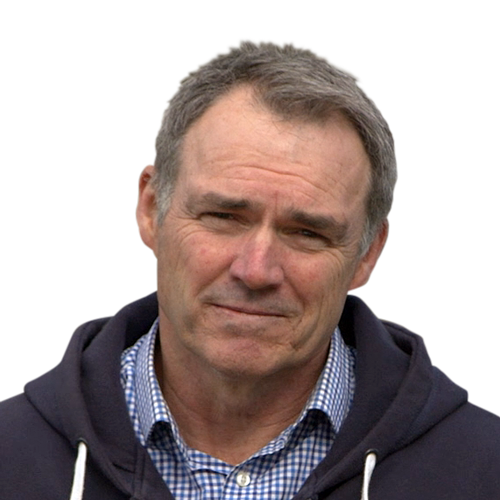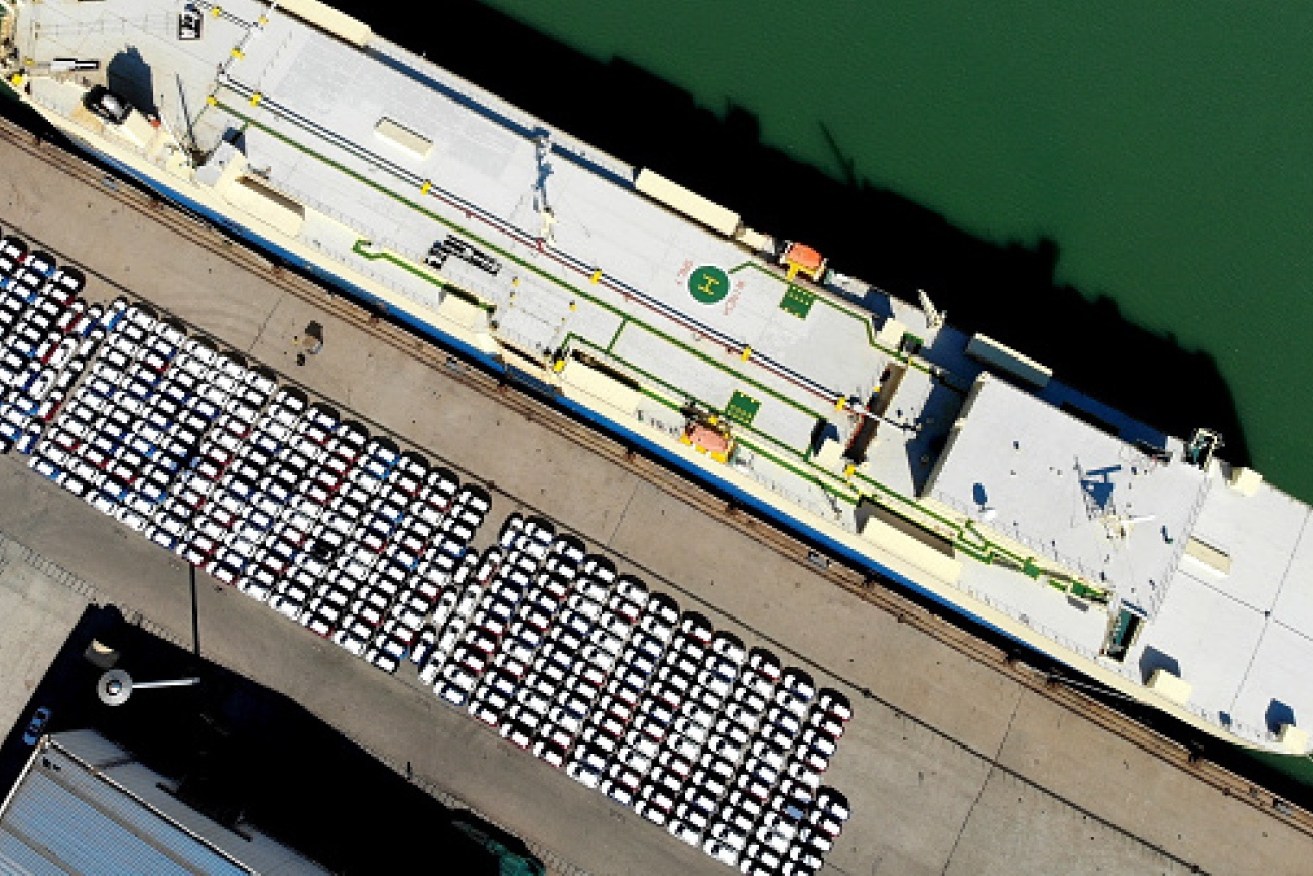Supply and demand: How COVID-19 has caused car prices to soar


The cost of freight has skyrocketed during the pandemic, adding to already increased prices. Photo: Getty
Yep, you’re not imagining it, the price of new and used cars is going up. Going up frequently and sometimes going up a lot.
Of course, rising prices are not a trend isolated to automobiles or Australia alone.
The COVID-19 pandemic has caused all sorts of problems and disruptions for the global economy since it broke out of Wuhan in early 2020.
In the case of vehicles, we could continue to literally pay the price for years.
Why is it happening? Let’s break it down.
As any economist will tell you, pricing is determined by the balance between supply and demand.
Right now there are more Australians – and people globally – trying to buy new cars than are available. That means prices inevitably go up.
Demand is the easy bit to explain.
The Australian market runs at a rough annual rate of about one million sales, and COVID has played a role in maintaining that even during the dramas it has induced.
People have abandoned public transport for cars, while border closures have sparked a boom in domestic travel and interest in SUVs and utes.
At the same time, supply has been hurt by the slowdown in production rates triggered by a shortage of the myriad materials and parts that go into making vehicles.
An obvious example are microchips. They are integral to the operation of the modern motor car (as well as computer games, iPhones, televisions and so on) and with their manufacture interrupted by the pandemic there simply aren’t enough to go around.
Car makers have been forced to either stop or slow assembly lines, which means there are fewer vehicles that are more expensive to make. So prices go up.
The next big problem is getting these vehicles to Australia. As has been widely reported, the cost of freight has skyrocketed during the pandemic. That’s another cost.
“To get a car from Korea, Europe or America to Australia has increased dramatically [in cost],” confirms Kia Australia chief operating officer Damien Meredith, a local auto industry veteran.
“It’s another variable that’s been added to the situation.
“There’s not much in our favour in regards to pricing.”
Eventually landed in Australia, new vehicles then have to get from the docks, onto trucks and out to dealers. Because of COVID that’s harder and more expensive than it used to be too. Add another cost.
So by the time a new vehicle lands in the dealership, prices have risen, sometimes dramatically. For example, the new-generation Mercedes-C-class prestige sedan launching now has gone up as much as $15,000 in one hit.
Others are creeping their pricing up in small increments regularly. For instance, the Chinese GWM ute has climbed $3000 over three months in two separate price rises.
Everywhere you look, it’s happening. So are these rises legitimate or is there some gouging going on?
“I look at my brands and can’t see any evidence of that,” a multi-franchise dealer told The New Daily on the condition of anonymity.
“What I definitely am seeing is manufacturers are almost ensuring people buy the higher-spec [and therefore more expensive] car by only building those top-spec vehicles.
“That’s a way of not price gouging … but maximising profits.”
Of course, recommended retail price increases were usually negotiable in pre-COVID days. But hampered by limited supply, dealers have no desire or need to offer a discount on these new, higher prices.
It’s a double whammy for your wallet.
Some brands, such as Mazda, Mitsubishi and MG, have shored up supply lines and some of their dealers might still haggle.
But most of the time you’ll be paying full retail price and going on a waiting list for a new car that could extend to 12 months or more.
Market leader Toyota is suffering that very problem with its top-selling RAV4 SUV. Some people in the queue will have to cop a price rise along the way before they take delivery because an updated and more expensive model is due this year.

The Mazda CX-5 SUV has been one of the winners in car sales. Photo: Getty
Others have dropped out and gone elsewhere.
It’s no coincidence Mazda sold a record number of its direct rival for the RAV4, the CX-5 SUV, in January.
If you can’t get what you want new or you’re put off by the constantly rising prices, the problem is that the cost of used cars has accelerated even faster.
Again, thanks to limited supply versus demand, car valuation expert Redbook.com.au estimates a 25 to 35 per cent increase in recent years.
Redbook global chief Ross Booth says used car pricing is now starting to level out and the bubble will inevitably burst when new car supply improves and the demand imbalance lessens.
“We see the current supply shortfall continuing into the third quarter of 2022, although it might not improve till next year or the year after,” he admits.
“But eventually what will happen is new car supply will go back to what it has always been and cars will start depreciating [in price] again.
He says a used car bought now at the top of the pandemic cycle could fall like a rock in value back to pre-COVID value in a year or two.
What that means is it’s a great time to sell a used car but not a great time to buy one.
“If you are going to buy a car you are better off buying a new car than a used car even if you have to wait for it,” Booth said. “It will depreciate less than the used one.”








